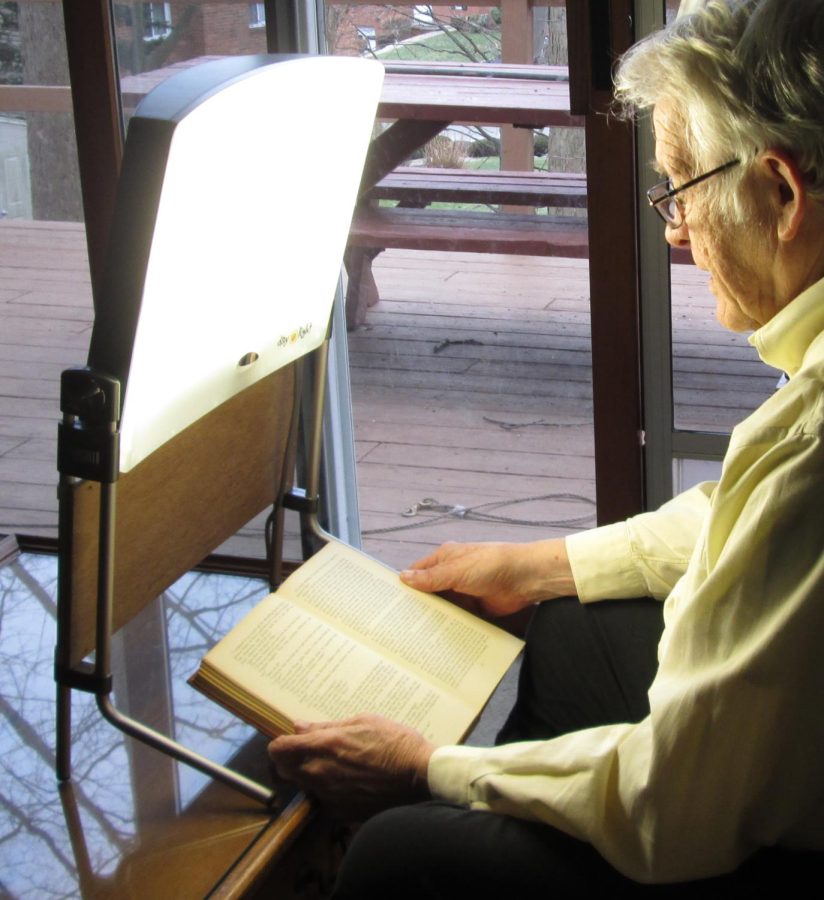Winter Can Be SAD. Here’s How to Stave it Off
The shortening days and colder weather mean more for many students than snow and winter sports.
Seasonal Affective Disorder, commonly called Seasonal Depression or SAD, affects an average of three million people in the U.S yearly. Symptoms are similar to those associated with clinical depression: fatigue, loss of interest in tasks, low energy and weight fluctuation. The difference between SAD and clinical depression is that seasonal depression normally only occurs between the months of November and March.
Seasonal Depression is normally a result of the loss of sunlight brought on by the winter months in the northern hemisphere. The decrease of vitamins C and D in the body’s system directly correlates with the amount of serotonin and dopamine released into your brain, triggering a sense of happiness.
The National Institute of Mental Health released a page on Seasonal Affective Disorder, and stated, “Both serotonin and melatonin help maintain the body’s daily rhythm that is tied to the seasonal night-day cycle … changes in serotonin and melatonin levels disrupt the normal daily rhythms. As a result …people can no longer adjust to the seasonal changes in day length, leading to sleep, mood, and behavior changes.”
In the fall and winter daylight savings time period, Williston students experience two assessment weeks, as well as the shortest trimester, which also happens to be the hardest, according to many students. Due to the brevity of the winter trimester compared to both the fall and spring, (11 weeks compared to the average 13), a lot of students find themselves under copious amounts of work, due in quick turnaround.
With this vigorous schedule, as well as the decrease in daylight due to Massachusetts’ far proximity from the equator, it’s no wonder that the average beginning age for SAD is 17, with age decreasing in probability depending on geographical location, according to the Center for Disease Control.
About five percent of the U.S. population experiences seasonal depression, which is approximately 166,201,83 people a year (via Mental Health America). Given that statistic, four out of five people who experience Seasonal Affective Disorder are women, and this can be chalked up to something purely scientific: hormone fluctuation.
The National Library of Medicine documented that “recent evidence suggests that biological factors, such as the variation in ovarian hormone levels and particularly decreases in estrogen … contribute to the increased prevalence of depression and anxiety in women.”
The rate of hormone fluctuation in women versus men is higher, due to the higher level of hormones required for child birthing and the steps the female body takes to “prepare” for child-rearing. This increase in hormones also raises the risk of imbalance and therefore raises the risk of depression, both clinical and seasonal.
There are ways to prevent Seasonal Affective Disorder, as well as reduce the effects felt by the body. Common ways to do this are light therapy, which is done by using an LED light covered by a film to prevent exposure to ultraviolet rays. The light emitted replicates those from the sun and therefore tricks your brain into believing you are gaining natural sunlight. Other methods of prevention are limiting screen time, exercising as often as possible, and eating balanced meals, according to The Cleveland Clinic.













